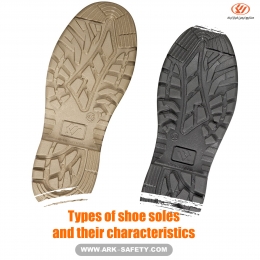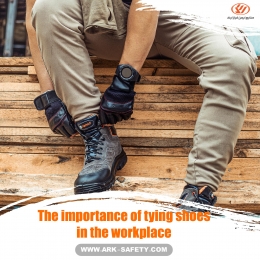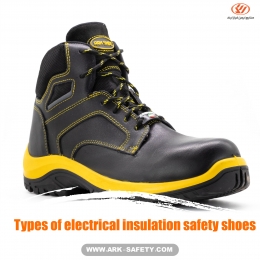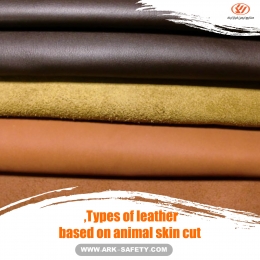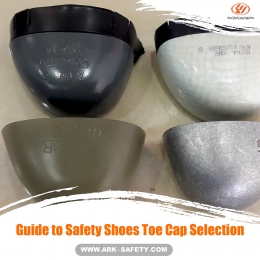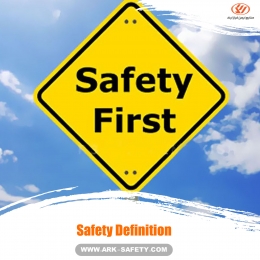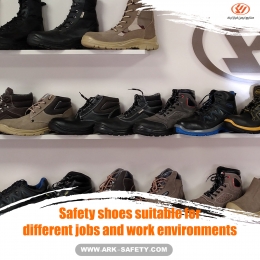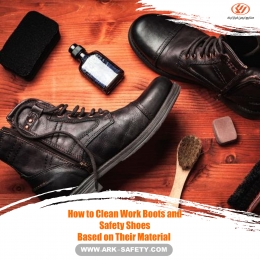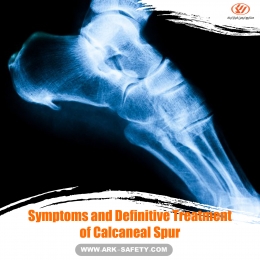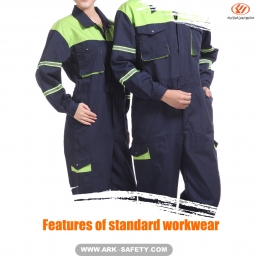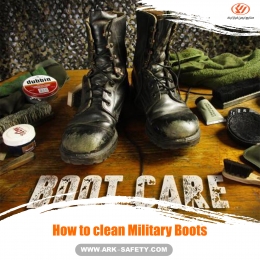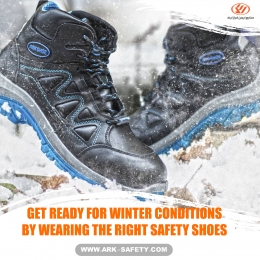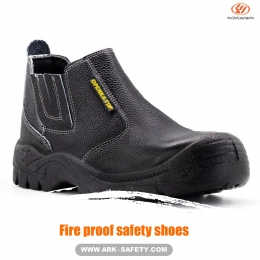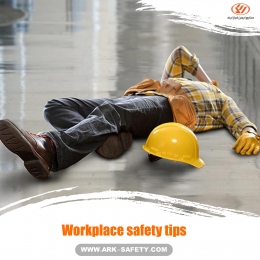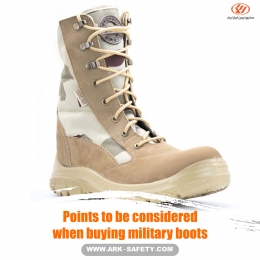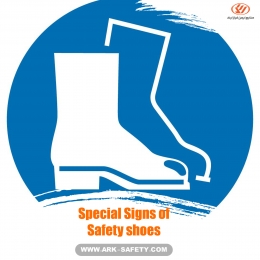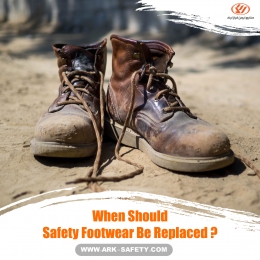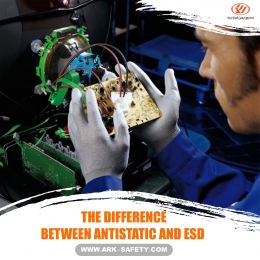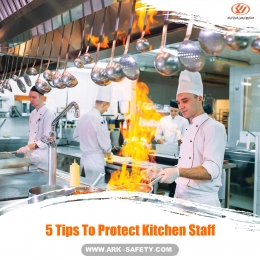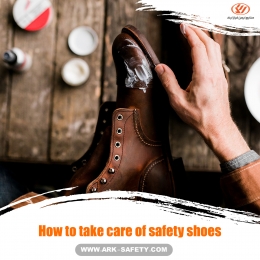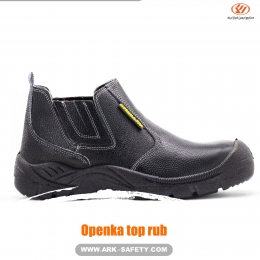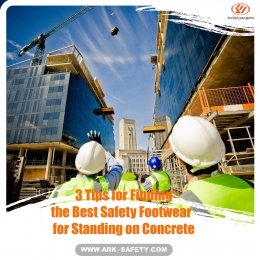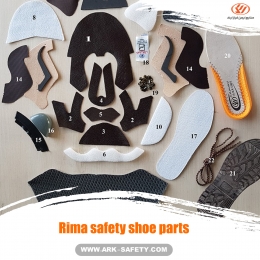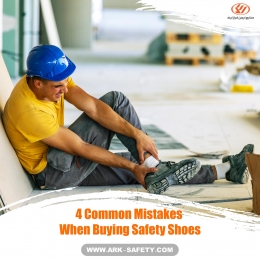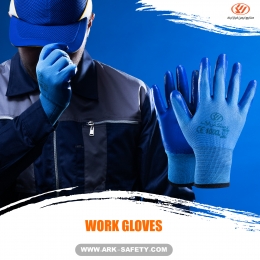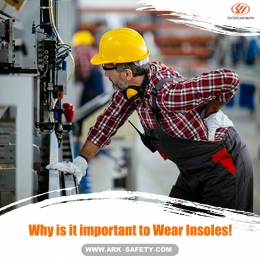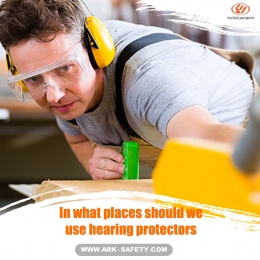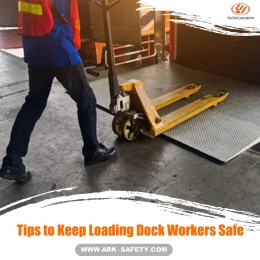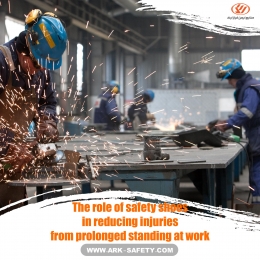Close
The importance of tying shoes in the workplace
Untied and loose shoelaces may seem harmless and only a “potential” tripping hazard but the reality is they pose a significant threat to workers’ foot health and create a very real possibility of workplace injury.
Applying more pressure on the feet
Workers who loosen or untie their laces for comfort are in fact doing the opposite: creating more stress on their feet by providing them with a lack of support. Fully laced and tied safety footwear keep heels locked into position and provide feet and ankles with important support.
Prolonged standing and putting pressure on the feet have other side effects, including "Calcaneal Spur". We suggest you read the article "Symptoms and Definitive Treatment of Calcaneal Spur".
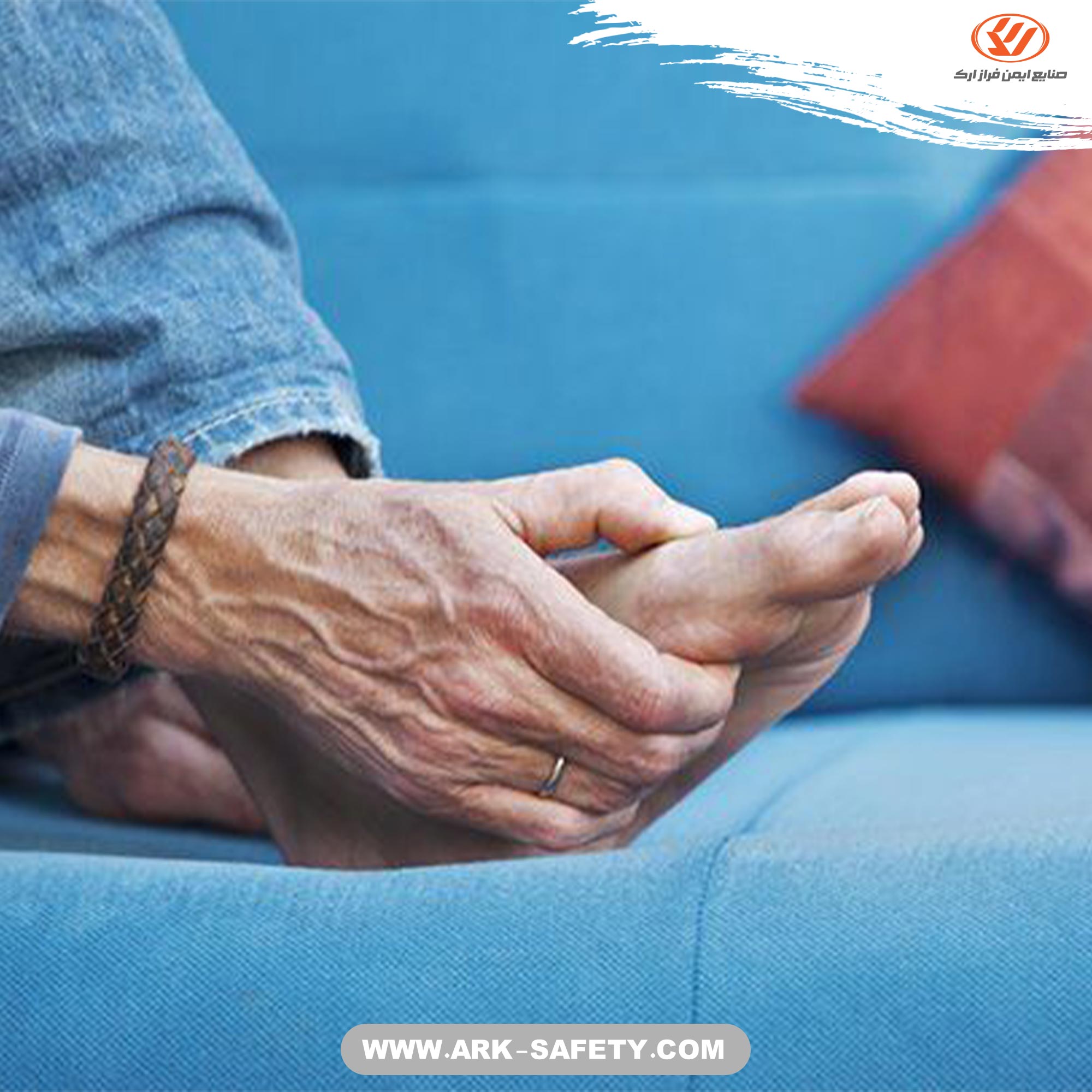
Sprained ankles
Sprained ankles are a common workplace injury and if employees are wearing work boots when the sprain occurs, it may well be because they didn’t fully lace up their boots and didn’t have the protection that would help prevent their ankle from turning. The lack of support from loose or untied laces can also lead to foot pain and by association leg and back strain and MSDs (musculoskeletal disorders).
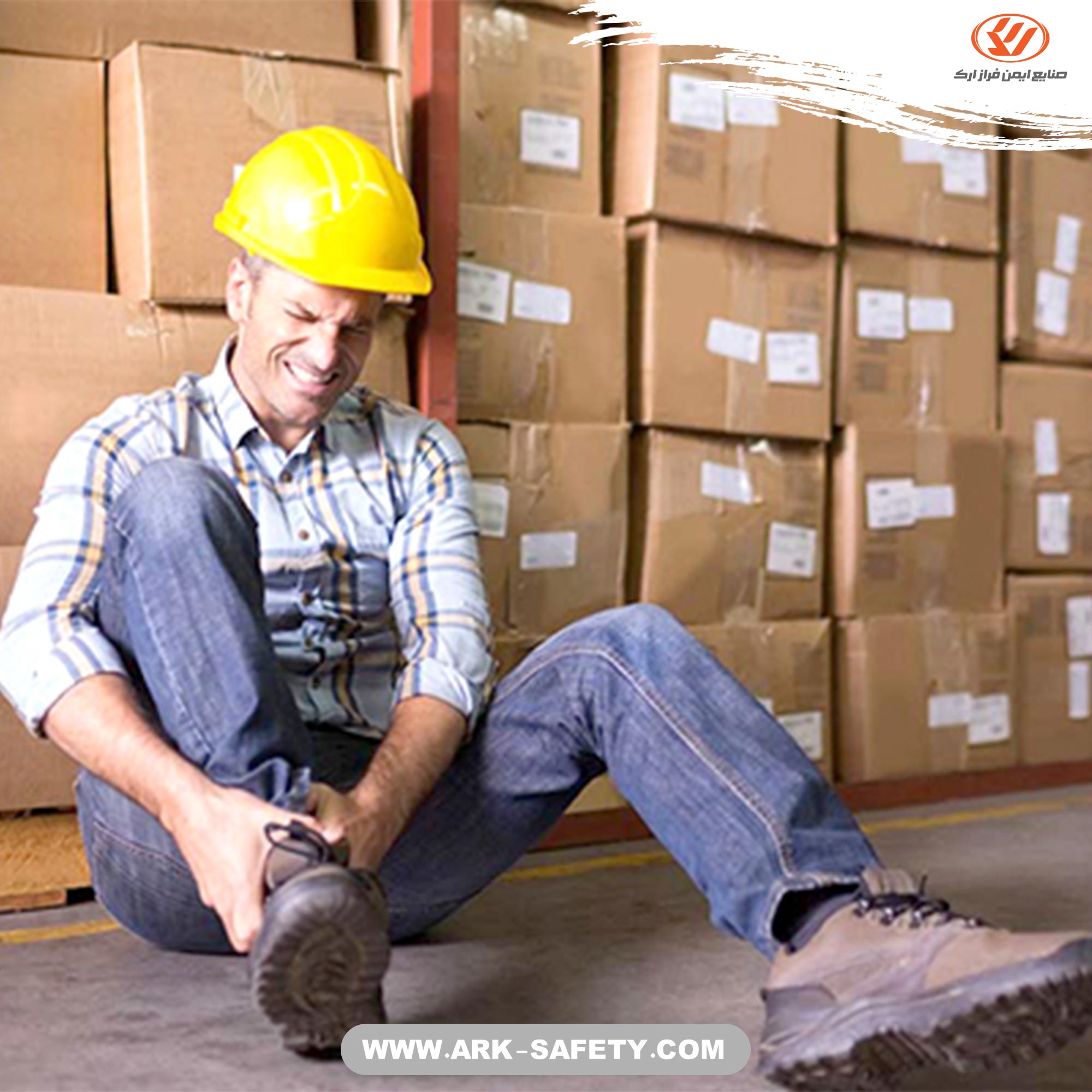

Laces getting caught in machinery
Then there’s the very real risk of untied or loose laces getting caught in machinery, on equipment, and even snagging on seemingly harmless work surfaces like skids and shelving. These can all lead to very serious workplace injuries.
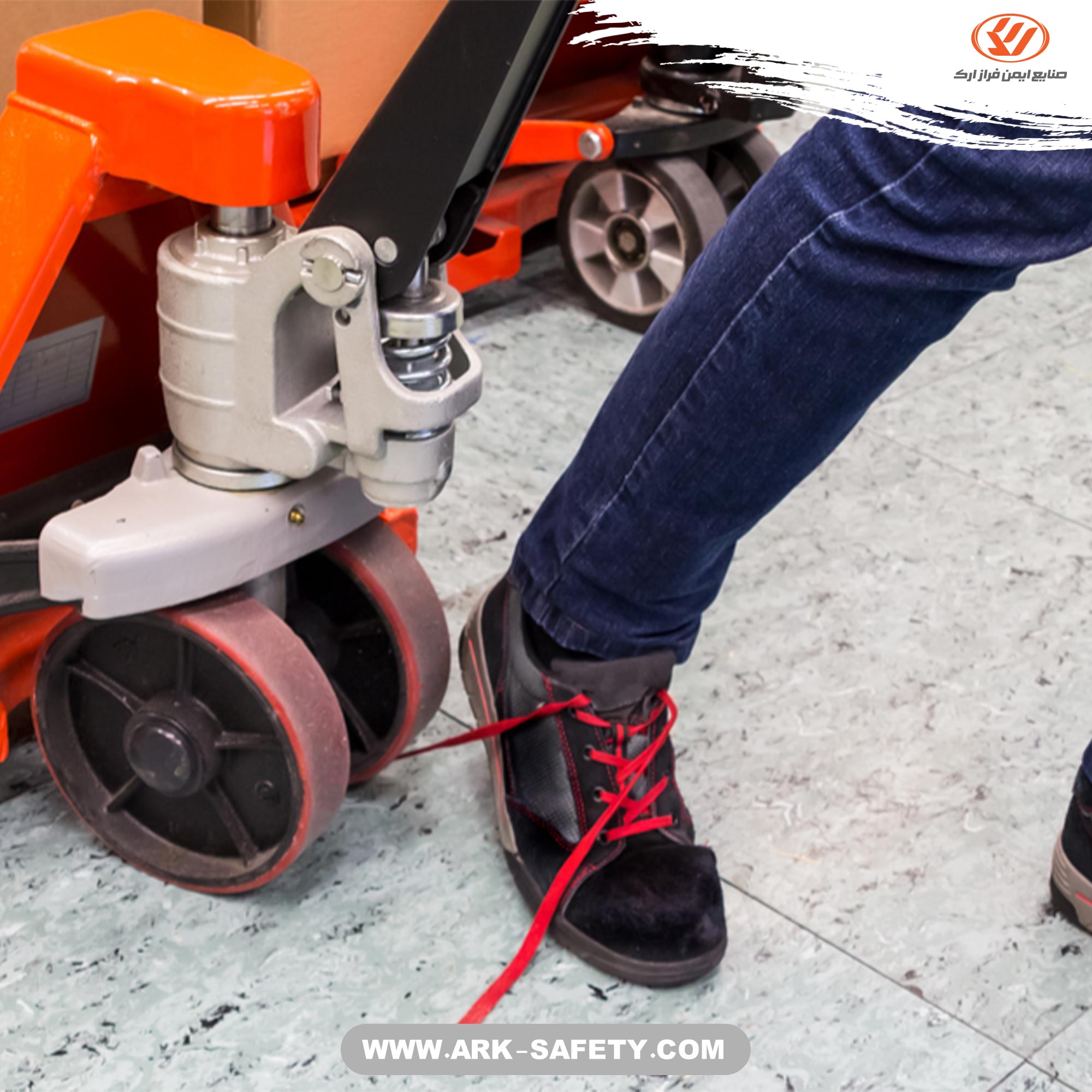
Law of “banning shoelaces from industrial workplaces”
This has become such an issue that some countries, like the UK, have even discussed banning shoelaces from industrial workplaces in order to reduce the risk of injury. As an employer, monitoring for untied or loose shoelaces can and should be incorporated into health & safety procedures and be part of a safety-first culture. And as for lacing itself, the most important approach is to fully lace and tie all safety shoes and work boots. This means lacing all eyelets in the safety footwear starting at the toe and working up the ankle. The most common lacing technique is the crisscross or over-under technique and tying them with a single or double knot. There is a range of other lacing techniques designed for various foot shapes and potential foot issues as well that our footwear consultants can help with.
Stay Tied Laces
One solution for those workers whose laces frequently come untied is to consider Stay Tied Laces. These are wide, flat waxed laces that help keep safety footwear tied. You’ve likely seen something similar for hockey skates, but these are designed for work boots and safety shoes. All you have to do is tie them up once. Stay Tied Laces even allow you to customize the tightness in certain areas of your safety shoes or work boots to make the fit customized to individual feet.
To read more about feet protection, we recommend reading the article "Safety shoes suitable for different jobs and work environments".
Ark Safety Industry, manufacturer of safety shoes in different styles, materials, colors and designs, is always trying to provide the best and most comfortable safety shoes suitable for your profession.
You can visit our products on www.ark-safety.com and choose your favorite products according to your needs.
Sources:

 Military Shoe
Military Shoe
 Safety Shoe
Safety Shoe
 Work Wear
Work Wear
 Office Shoe
Office Shoe
 Hiking Shoe
Hiking Shoe
